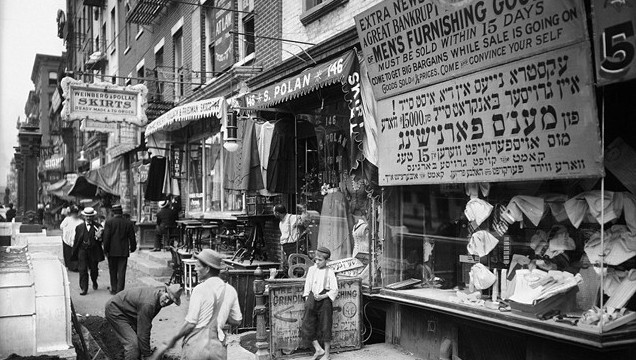Identity CrisisPosted in Articles, Book/Video Reviews, Judaism, Literary/Artistic Criticism, Media Archive, Passing, Religion, United States on 2017-03-24 01:07Z by Steven |
Washington Independent Review of Books
2017-03-10
Helene Meyers, Professor of English
Southwestern University, Georgetown, Texas
The “white Jewish” question posed in The Human Stain.
Emma Green of the Atlantic started a firestorm recently with the article “Are Jews White?” Taking for granted that Ashkenazi Jews have assimilated to whiteness, Green used the white Jewish question to wonder whether the rise of the so-called “alt-right” (read racist, misogynist white supremacists) is upending Jewish security in the U.S.
Green’s provocative title question caused quite a bit of tumult on Twitter. Predictably and understandably, Jews of color replied, with much amusement and some angst, “No.” Some white Jews responded, “No,” as well, citing anti-Semitism and/or Jewish distinctiveness. For once, this group agreed with the likes of David Duke, who tweeted in all caps “NO — JEWS ARE NOT WHITE.” Some white Jews and blacks unequivocally replied, “Yes,” citing white privilege as decisive.
While the answers to Green’s question from Jewish-American literature are all over the map, Philip Roth’s The Human Stain brilliantly depicts the continuing effects of “so arbitrary a designation as race” on those who choose or are assigned the off-whiteness of Jewishness…
Read the entire essay here.





